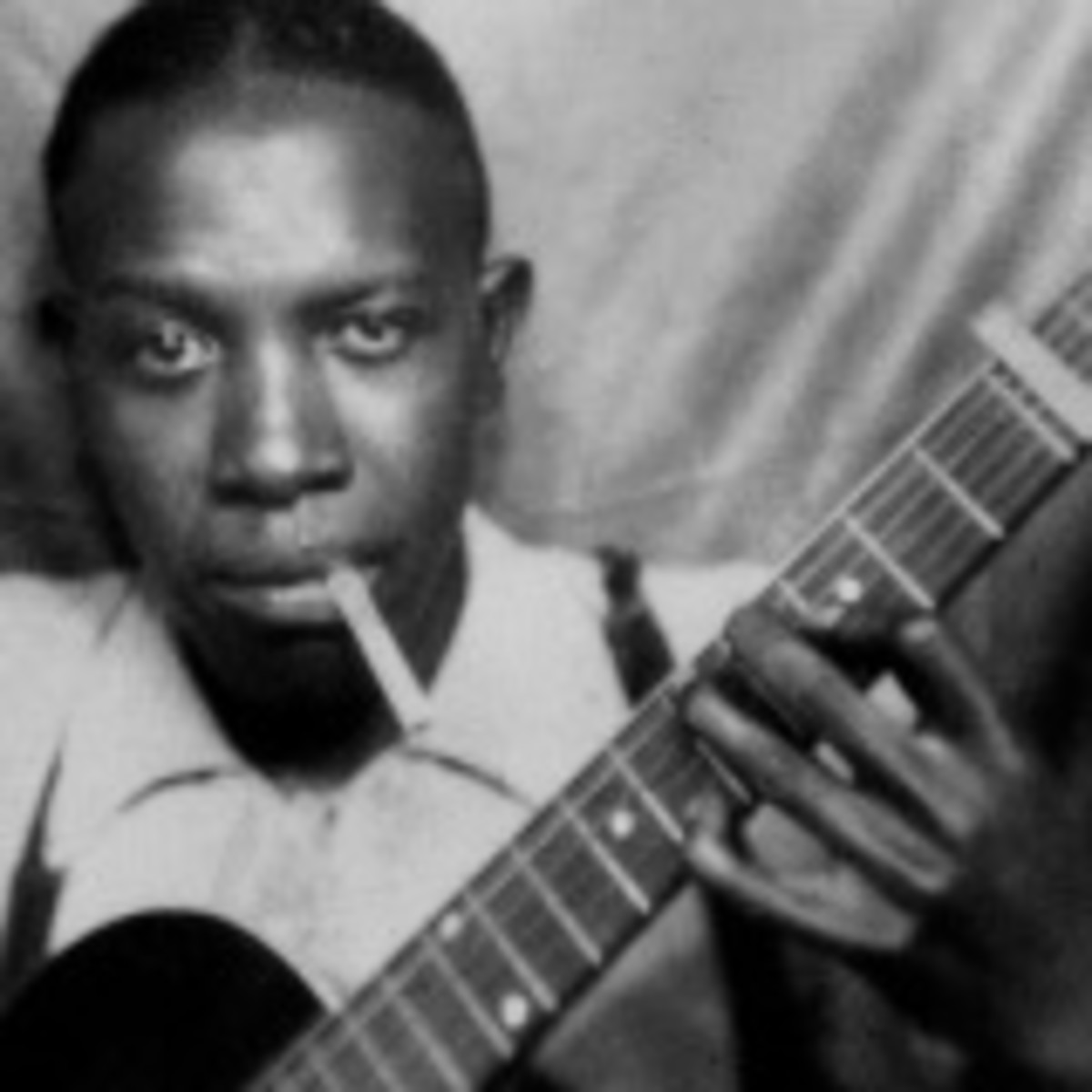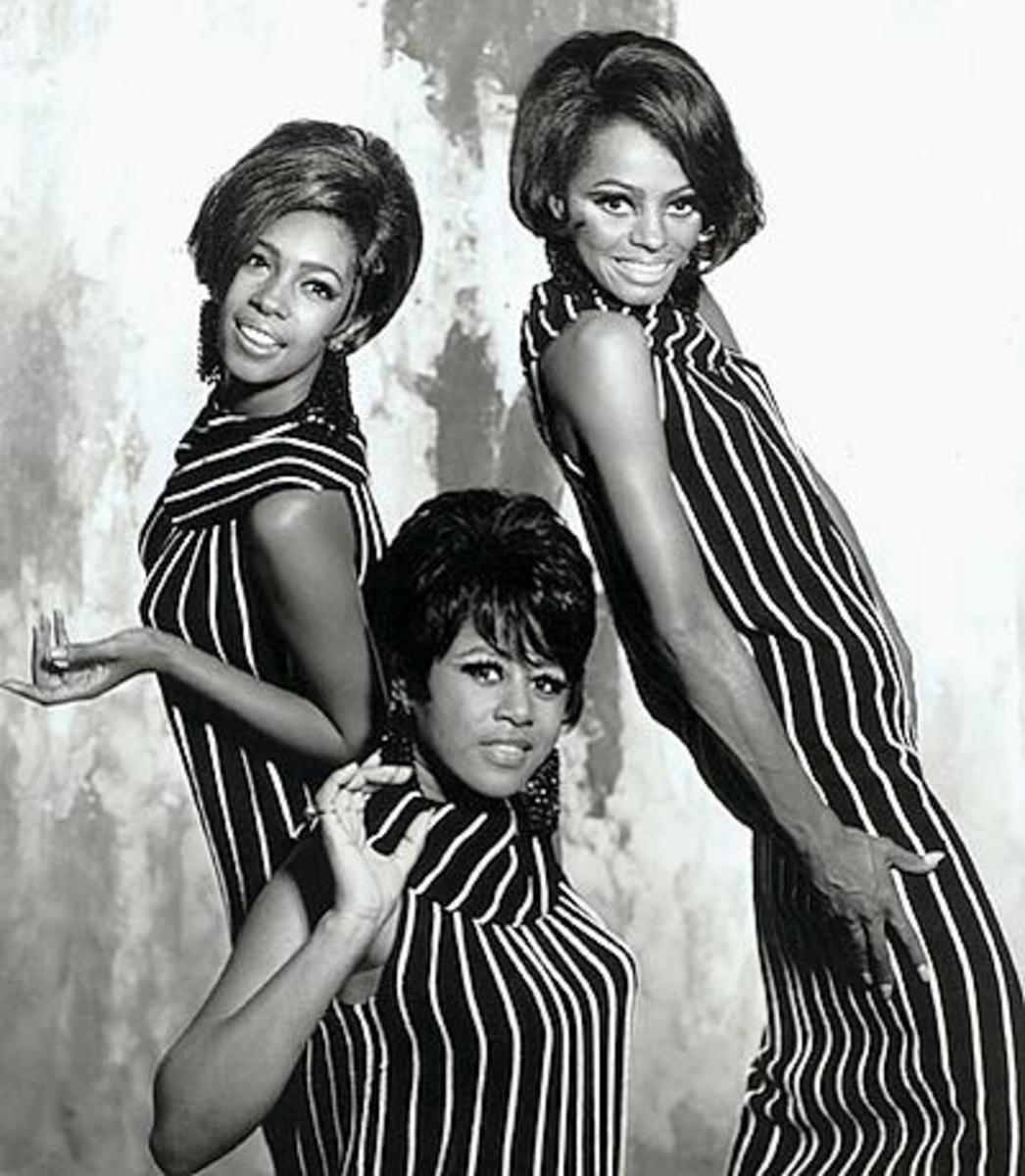The History of the Blues: How Slavery May Be Responsible for Rock and Roll
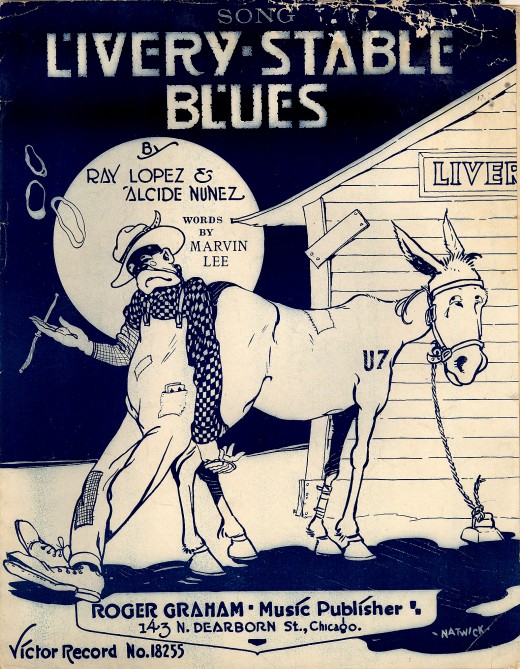
"White folks hear the blues come out, but they don't know how it got there."
- Ma Rainey
If you follow Bilboard's Music Charts these days, it would be hard for you to understand exactly what R&B (or RnB) music really is because, on those charts, the genre is lumped in with rap and hip-hop. The names and songs on that chart give precious few hints on what R&B once was.
These days, we likely won't see names like BB King or Robert Johnson on Muddy Waters on that chart, but those are three of the pioneers of the music that we now call R&B. Instead, acts like Usher, Keyshia Cole and Beyonce are tearing up those charts, right along with Kanye West, Eminem and Lil Wayne. It does boggle the mind why artists like these are all lumped in together, especially if you know where Rhythm & Blues really originated.
Maybe you know a little bit about the blues. Maybe you're having a bad day, a fight with your loved ones or a disagreement with your boss and you want to "sing the blues." What most people don't know, however, is that the music currently labeled as R&B is responsible for a lot more than an occasional sad song about the state of the singer's life. R&B not only gave voices to generations of black Americans, it also birthed Rock & Roll and even Country music.

About Dockery Plantation
Dockery Farm, established near Cleveland, Mississippi in 1895, was a place where many of the first blues artists got together to play their music. It is considered by many to be the birthplace of the Delta Blues. Artists like Robert Johnson (who may or may not have sold his soul near here), Willie Brown, Son House and even Howlin' Wolf passed through here at some point, either staying as visitors or working on one of the many farms owned by the Dockery family.
Today, Dockery Plantation is a tourist attraction of sorts and receives plenty of visitors who want to see where the blues may have originated and is on the National Register of Historic Places.
The Birth of the Blues
"Saturday night is your big night. Everybody used to fry up fish and have one **** of a time. Find me playing till sunrise for 50 cents and a sandwich. And be glad of it. And they really liked the low-down blues."
- Muddy Waters
The actual origin of the music we call blues today is somewhat murky, though most agree that the epicenter of this style of music was the southern United States. The music was, for the most part, born of suffering. The very term, the blues, could refer to an ancient African practice of wearing blue colored clothing for mourning - the color was often associated with loss or suffering. Some sources attribute "the blues" to the "blue devils" that are responsible for sorrow or depression.
Either way, to pinpoint the actual physical location of the birth of the blues is impossible, but music historians usually agree that the Mississippi Delta is the region where it all started. Before the American Civil War, African American slaves would often sing in the fields in what is today called a "holler back" style. One person or group of people would give one line and another would give the next. Often these songs would be adapted versions of religious tunes, but sometimes they'd be about life in the fields as slaves.
After the Civil War freed the American slaves, many blacks in the south found themselves with little or no work available to them except for field labor, so the custom of singing in the fields continued. Though the turmoil of life enslaved was no more, many found themselves with new sorrows to sing about in terms of independence and segregation. Many blacks found themselves persecuted by their new white "equals" and a decades long era of human rights violations became the subject of many songs and lamentations. They were definitely "singing the blues."
In the Delta, some of the singers started standing out. They were hired to work in bars, or juke joints all over the South. Some could be found on street corners playing for change. The musical style became a staple in places like New Orleans, that took the basic sound and turned it into something unique to the area.
Prohibition helped the blues along, too. Speakeasies could charge big bucks for their bootleg liquor but, to be the place everyone wanted to go, the live music often made a particular establishment stand out. Though originally called "race music," a term used by blacks, when the style started gaining in popularity, it became "the blues" to appeal to all races.
Many blacks from the Mississippi Delta area started migrating northward looking for work during The Great Depression, especially via the Illinois Central Railroad which ran from the Southern US all the way to Chicago. That city welcomed the blues with open arms and later became a mecca for the genre. Folks from New Orleans, Jackson, Natchez and other cities found their way north and took their music with them.
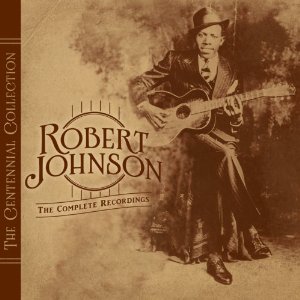
Robert Johnson Sells His Soul
Robert Johnson was one of the most famous Southern blues singers. It was, however, widely believed that he'd sold his soul to the devil for fame and fortune.
The story goes that Johnson was told to take his guitar to a crossroads close to Dockery Plantation at midnight where he would meet a man who could give him fame and riches. The legend goes that the man he met at the crossroads was the devil, and that Old Scratch made Johnson an offer he couldn't refuse.
The fame came, but at what price?
Johnson died on August 16, 1938 under suspicious circumstances . As he was 27 at the time of his death, he is considered one of the earliest members of the 27 Club that includes musicians like Jim Morrison, Janis Joplin, Kurt Cobain and Amy Winehouse.
Did the devil get Robert Johnson's soul? Only he knows for sure.
Early Blues Greats
Some enterprising folks began to realize that the music that had sustained their families hopes and dreams for generations could be capitalized upon. Phonographs, invented in the late 1800's could record anything for later playback. By the 1930s, records and record players were soon in homes across the country and blues singers and players got in on the action.
Dallas Blues, by Hart Wand, is credited as being the first printed blues sheet music and dates to 1912 and the earliest surviving recording of an African American singing the blues was a song called Crazy Blues, sung by Mamie Smith. This record was made in 1920, and Smith went on to make several albums and even starred in a few movies.
Other artists began to gain recognition for their talent. Names like Ma Rainey , Leadbelly, Son House, Charlie Patton and Robert Johnson came up during this era. The blues was still played in clubs and parties, but it gained recognition. Once the radio became a staple in many American households, the notoriety train was off and running.
After World War II, many Americans experienced prosperity that they really hadn't seen since before The Great Depression. Money flowed much more freely, and people had cash to spend on items that were less than necessary. One of these expenditures were music records. This period saw another mass migration of blacks from the south to the north and the blues blossomed all over again.
The 1930s and 1940s saw big band blues, boogie-woogie blues and more urban musical stylings come to the forefront. Duke Ellington had his big band playing the blues and, by the 1950s, Nat "King" Cole sold the country on his smooth style.
The blues really blew up in Chicago. What used to be considered a country sound had become urban and it was being played everywhere. Other urban areas like Memphis and even Detroit were seeing large amounts of immigrants from the deep south. These cities picked up the sound and changed it to suit their tastes. By this time, Muddy Waters, Howlin' Wolf and other players and singers had become a part of The Great Migration and helped Chicago become the epicenter of the second wave of the blues.
However, a little invention called the electric guitar changed everything.
Leadbelly Black Betty Recorded In 1939 - Audio Only
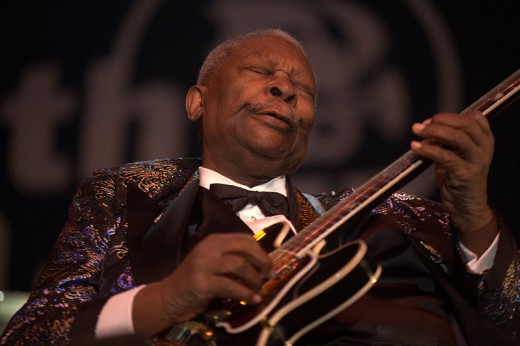
The Blues Meets Rock And Roll
"Rock 'n Roll: The most brutal, ugly, desperate, vicious form of expression it has been my misfortune to hear."
- Frank Sinatra
Blues bands played a variety of different instruments. Of course the guitar, occasionally a bass, some drums, harmonicas and even brass instruments. More primitive instruments like the washboard or the "jug" occasionally found their way into the songs as well. Whatever people had is what they played.
By the 1950s, the popularity of the electric guitar was growing and, with it, amplification. These technological improvements allowed folks to bring their music to larger audiences, as the volume could be cranked up for the folks at the backs of the auditorium.
Three blues giants that really stood out at this time were BB King, Bo Diddly and Chuck Berry. By this time, the genre had split into several different styles, namely the Chicago blues and what is still today referred to as "swamp" blues, that was played much more slowly.
What happened next was something that nobody could have planned.
White people decided that they wanted to play the blues too, only they took the art in a different direction. Adding in the electric guitar and some screaming music, rock and roll was born. The early rock artists, like Elvis Presley, Jerry Lee Lewis and others, drew on the blues, as well as country and gospel to create their sound. Once those records were released to the masses, nothing would ever be the same again.
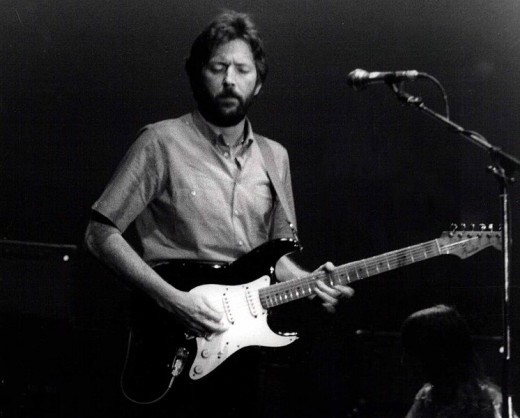
The Blues In Modern Music
"You know father time, we all know Mother Nature / It's all in the family but I am of no relation."
- Lil Wayne 6 Foot 7 Foot song lyrics.
So many modern artists claim the blues as influences that it would be possible to name them all. Keith Richards of The Rolling Stones as well as Eric Clapton are two amazing men who have made their fortunes "playin' the blues."
The influence of the blues in modern music is hard to estimate because, even if it doesn't sound like the blues, it probably derived from something directly influenced by the style. There is no denying that the blues figures prominently in rock and roll.
In 1945, Billboard, the American Music charting company, began a "Race Music" chart to follow the progress of early blues singles. In 1949, Billboard renamed its blues chart the Rhythm and Blues. In 1973 came the Hot Soul Singles, in 1982 the Hot Black Singles Chart and, in 1999, what was once called the "devil's music" was lumped in with rap and hip-hop to become the Hot R&B/Hip-Hop Singles & Tracks chart.
Yes, the pain and suffering of generations of incredible people has now given way to rap. Lyrics about the struggles of life have evolved into songs about getting money and women. I often wonder what people like Robert Johnson would think of things like Lil Wayne's lyrics. He'd probably just shake his head and smile.
One of the absolute best things about the blues has always been how we are allowed, even encouraged, to take it and make it our own. It has transcended race, nationality and even time, itself. Though largely forgotten by the modern masses, those old records are still every bit as relevant now as they were when they were first pressed. They are a part of American life, a part of our history.
(Author's note: In the interest of space and word count, I had to leave out so much of the history of this amazing genre. As a music fan, I urge you to read further, especially into the lives of some of these amazing artists. And, above all else, keep "playin' them blues!")
Video Series on the History of Blues Music
© 2012 Georgie Lowery

